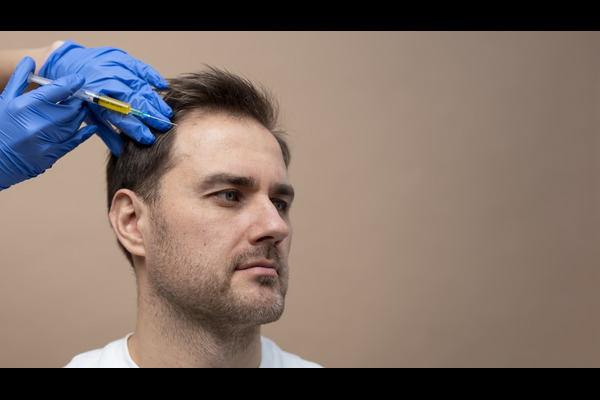
Hair Transplant For Traction Alopecia
Hair loss is a frustrating and debilitating problem for many people. Traction alopecia can be caused by repeated trauma to hair follicles or from pulling your hair back into tight hairstyles. However, it’s important not to wait too long before seeking treatment - hair can effectively grow back if treated early. Early intervention includes addressing behaviors that may be contributing to your problem and getting professional treatment.
In most cases, it's too late to treat hair loss before the victim has realized how severe their condition is. Luckily with recent advances in medical technology, Hair Transplant surgery is one of the best options for a quick and safe recovery from hair loss. Below we will discuss how hair transplant can be helpful for traction alopecia.
What Is Traction Alopecia?
Traction alopecia is a hair-loss disorder that occurs gradually over time due to constant stress on the scalp. It most often happens when you pull too tightly on your hair fibers for extended periods, which results in tension and pulling too tightly onto your scalps. Hair loss may happen because traction causes follicles to be strained at their roots; this can cause them to eventually die off or stop growing as they should.
Itching, redness, bumps, and folliculitis or pustules can all be signs of a traction alopecia condition. Multiple short broken hairs can also lead to thinning hair as the roots get destroyed.
When To Get a Hair Transplant For Traction Alopecia?
After about a year with no sign of regrowth, you may have permanent hair loss related to traction alopecia. There are many ways to combat this and have the appearance of thick locks again. One way is through hair restoration surgery which has proved fairly successful in these cases. In a hair transplant, the surgeon first harvests some hairs from your donor area and strips them of their cells. They then insert these follicles into bald patches in the recipient region where they grow back as healthy new strands with no need for further maintenance.
Your hair is your best accessory and deserves to be treated with the utmost care. A follicular unit extraction (FUE) hair transplant may be one of the best options for women because it leaves no visible scars on top of their heads or scalp. FUE is best suited for those individuals who want a full restoration without any sign that they underwent surgery left behind.
Does Hair Transplant Help Traction Alopecia?
Hair loss in women is a common issue that can be caused by Traction alopecia, which means hair loss due to excessive pulling. Women in India tend to tie their long hair up into tight braids or plaits--exerting more force on the strands and causing excess damage than with Western styles of wearing it down. The treatment for this type of trauma-induced baldness depends on how much hair has been lost; if only small sections are missing then they will grow back over time. If large chunks have gone, however, doctors may recommend treatments such as hair restoration surgery for effective results.
Where To Reach Out For Help?
Many people don't realize that permanent hair loss is a warning sign of untreated folliculitis. If you have felt any one or more of the above symptoms, it's important to quit applying strain. And seek out advice from a professional licensed in hair restoration techniques. So as not to worsen long-term damage on your scalp. Though it's possible to transplant hair with surgery, long-term tension on your scalp causes scarring which decreases the likelihood of success for later stages.
However, by taking care of your hair loss symptoms early. You will be able to take preventative measures against irreversible damage. Kaayakalp Clinic is the best hair transplant and restoration clinic in Kolkata. We offer a variety of services including removing bald spots or thinning patches and enhancing your appearance through their latest treatments like FUE (Follicular Unit Extraction). We also have an experienced staff committed to success for every patient. Consult our professional surgeon for in-depth details today.








